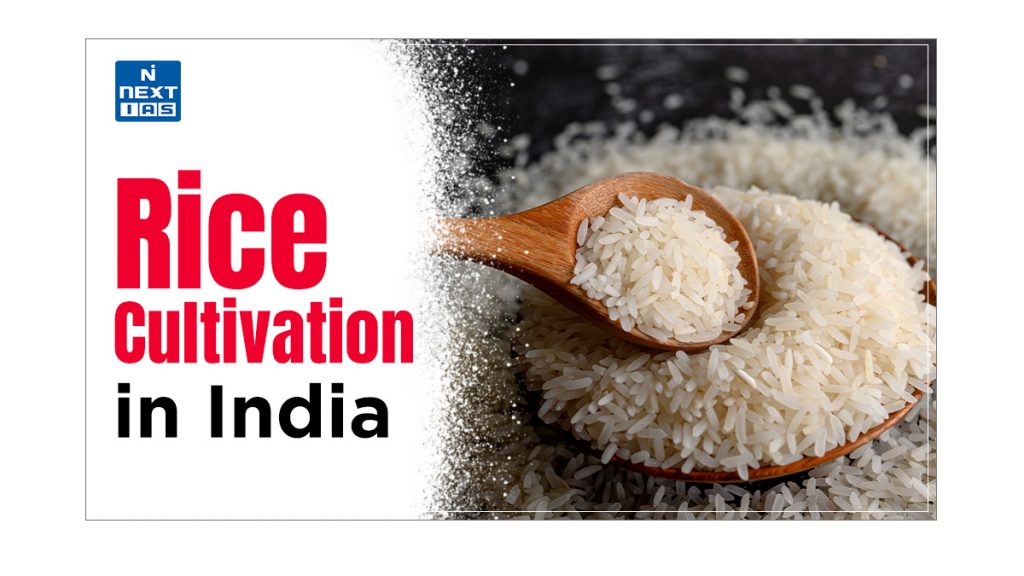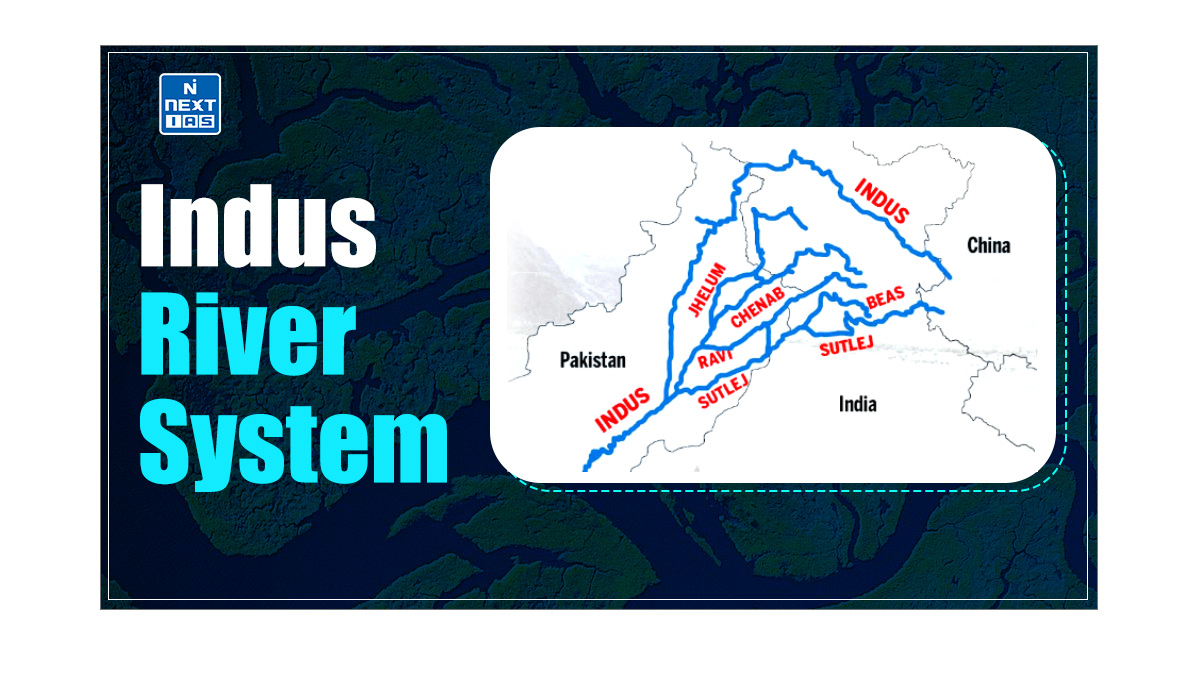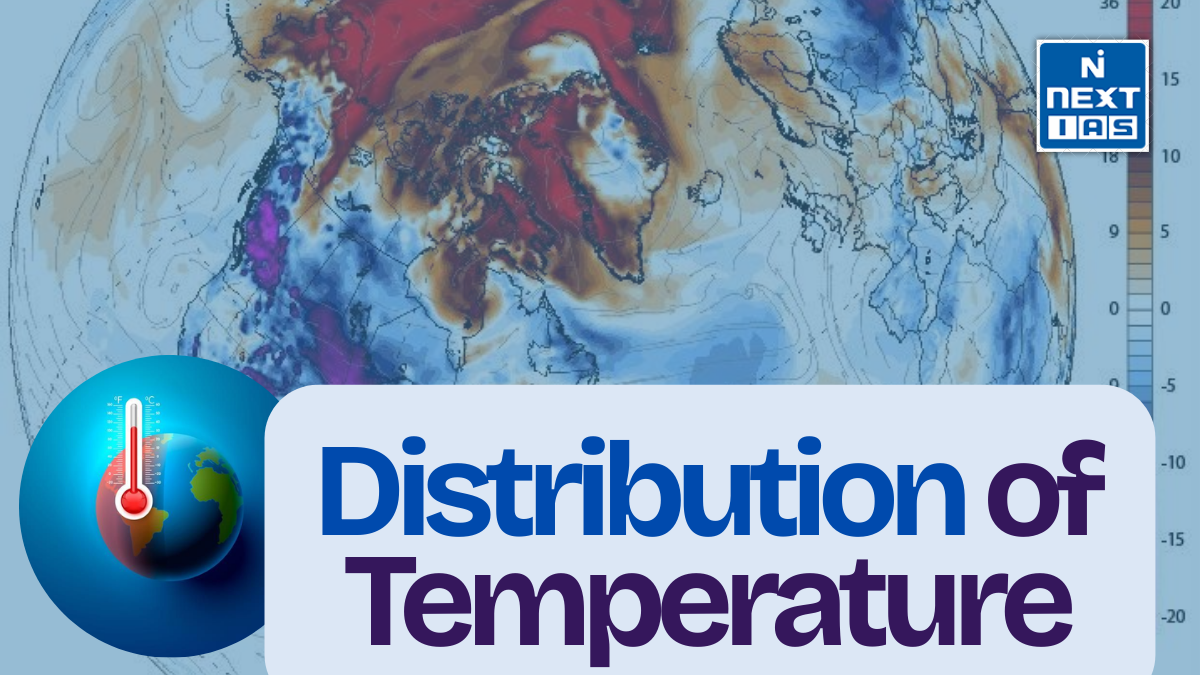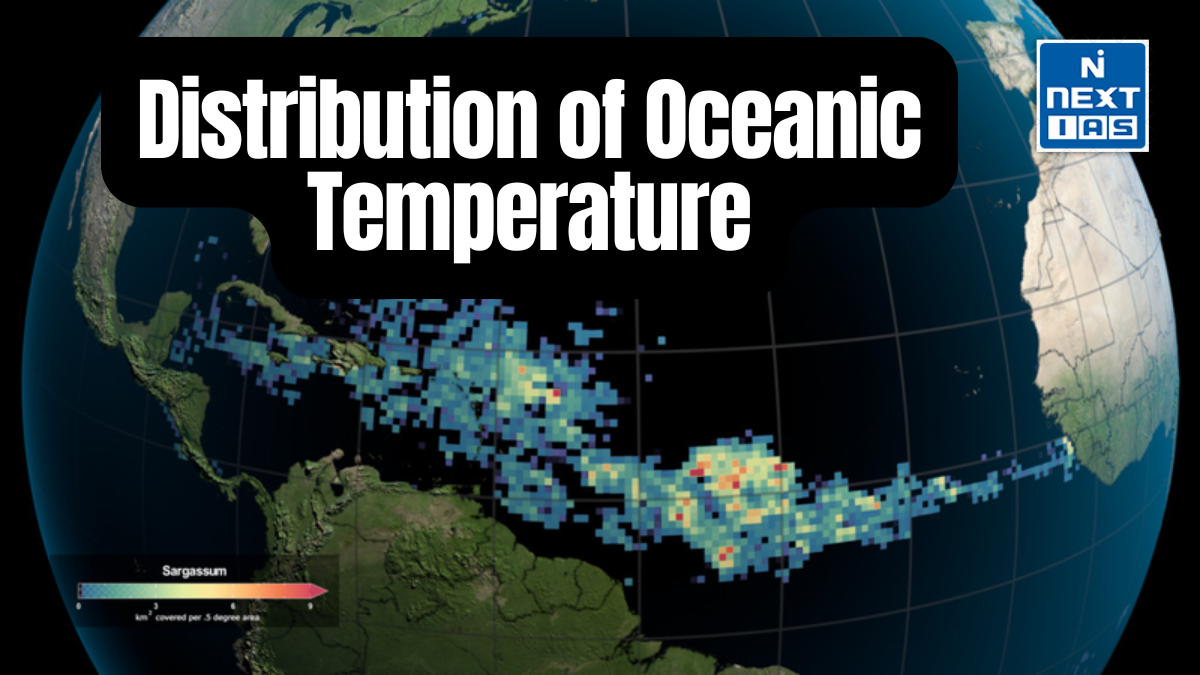
Rice is an integral part of the Indian diet, serving as the staple food for the majority of the population. As the second-largest producer of rice globally, India plays a significant role in the world rice market. This article aims to study in detail the various aspects of rice cultivation in India, including its cropping seasons, climatic and soil requirements, methods of cultivation, and the country’s position in global rice production and trade.
About Rice
- Most people in India eat rice as a staple food. India is the second-largest producer of rice in the world after China and the largest rice exporter globally.
- Rice is a Kharif crop that requires high temperatures above 25°C and high humidity with annual rainfall above 100 cm.
- Rice grows with irrigation in areas with less rainfall. It is preferred as a staple food in Southernand North-Eastern India and makes quick inroads into the North-Western Plain.
- The rice-growing areas are well suited for Mixed farming (Crops + Livestock).
- Unpolished rice has high nutritional value. It is rich in Vitamins A, B, and Calcium, while Polished rice lacks these vitamins.
Types of Rice
The types of rice are:
- Long-grain rice, such as Basmati and Jasmine, is known for its slender shape and fluffy texture when cooked, making it ideal for dishes like pilafs and stir-fries.
- Medium-grain rice, including Arborio and Calrose, is slightly shorter and becomes tender and moist, making it perfect for risottos and sushi.
- Short-grain rice, like Japanese sushi rice and glutinous rice, is plump and sticky, commonly used in sushi, desserts, and other Asian cuisines.
- Additionally, there are specialty rice varieties like brown rice, which retains its bran layer and is more nutritious, black rice, known for its high antioxidant content, and wild rice, a grass seed with a nutty flavor and chewy texture.
- Each type of rice brings unique flavors and textures to various culinary traditions around the world.
Crop Season of Rice
- Rice is a Kharif crop. Wet and warm climates are ideal for rice cultivation.
- It is grown only in well-irrigated areas during the Rabi season. Most of the rice-growing regions lie barren during summer (April-May).
- Rice has three cropping seasons: Kharif, Rabi, and Summer crop.
- In summer, it can be grown in the Deltaic regions of West Bengal and the Krishna-Godavari Delta, where water is available throughout the year.
Climatic Conditions for Growth of Rice
- Rice is a tropical and Kharif crop that needs heat, rain, and labour.
- It requires a warm climate and can be grown almost yearly (2-3 crops) in hot and humid regions of eastern and southern parts of India.
- In the northern and hilly parts of the country, the winters are too cold for rice cultivation, and only one crop is grown (in summer) in those areas.
- Rice requires semi-aquatic conditions (rainfall or irrigation throughout the season) and the soil should never be dry during the growing season.
- The fields during rice cultivation must be flooded under 10-12 cm deep water when sowing.
- Rice is primarily a crop in plain areas because of its requirement. Rice grown in well-watered lowland plain areas is called wet or lowland rice.
- Rice can also be grown in areas just below sea level, like in the Kuttanad region of Kerala.
- Rice is terraced in sloped regions, such as the Hills of north-eastern states (shifting cultivation or Jhumming).
- The water supply in hill terraces is low, and the rice grown in hilly areas is called dry or upland rice.
- The average annual rainfall of rice-growing areas is above 150 cm is good for the crop.
- The 100 cm isohyets (imaginary line joining the points of equal rainfall) form the limit of rice-growing areas in rainfed regions.
- With intensive irrigation, Rice is grown in Punjab, Haryana, and western U.P. (rainfall less than 100 cm).
Soil Condition for Growth of Rice
- Rice is a dominant crop in river valleys, flood plains, deltas, and coastal plains, where irrigation easily floods the plains.
- Loamy soils require frequent irrigation and more water as their water-holding capacity is low. Examples are delta regions, Punjab, Haryana, and North Indian plains.
- Clayey soils, on the other hand, have good water-holding capacity. Examples are the coastal plains of south India and the irrigated regions of Karnataka and Telangana. Rice can tolerate acidic as well as alkaline soils.
Labour Requirement for Growth of rice
- Rice cultivation is traditionally a labour-intensive crop.
- It is primarily grown in areas of high population density (where labour and a ready market are available).
- In Punjab and Haryana, rice cultivation mainly depends upon migrant labourers from Bihar and eastern U.P.
Methods of Rice Cultivation
- Broadcasting Method – In this method, the seeds are sown (broadcast) by hand. This method is practised in dry and/or less fertile soils and areas with labour shortages. It is the easiest method, requiring minimum input, but the yields are also minimal.
- Drilling Method – One person ploughs the land, and the other sows the seeds. It is confined to dry regions of peninsular India, and yields are low.
- Transplantation Method – It is the advanced method of rice cultivation in India. It has less scope for mechanisation and is labour-intensive. It is practised in areas of fertile soil with abundant rainfall or irrigation. In this method, seeds are sown in a nursery, and seedlings are prepared. After a month, the seedlings are uprooted and transplanted to a different field. This is a complex method that requires heavy inputs. But it gives some of the highest yields.
- Japanese Method – This is the most advanced and highly mechanised method of rice cultivation. It is mostly followed in developed countries like Japan, South Korea, etc. In this method, seedlings are transplanted in rows with the help of machines. Weeding and fertilising are also fully mechanised. Heavy doses of fertiliser are required in this method. Very high yields are obtained by this method of rice cultivation.
- SRI Method – The System of Rice Intensification involves cultivating rice with as much organic manure as possible, starting with young seedlings planted singly at a wider spacing in a square pattern; and with intermittent irrigation that keeps the soil moist but not inundated and frequent inter-cultivation with weeder that actively aerates the soil. SRI is not a standardised, fixed technological method.
- Instead, it is a set of ideas and a methodology for comprehensively managing and conserving resources by changing how land, seeds, water, nutrients, and human labour are used to increase productivity from a small but well-tended number of seeds.
Production and Productivity of Rice
- India contributes up to 20% of global rice production and is the second largest producer and consumer of rice in the world after China.
- In 2020, the average rice yield in India was 2.7 tonnes/ha, against the global average of 4.374 tonnes/ha. China (6.5), Australia (10), and the US (7.5) led in rice productivity figures.
| State | Position | Positive Factors | Negative Factors |
|---|---|---|---|
| West Bengal | First | Large-scale alluvial deposits. | Yield is moderate. |
| Uttar Pradesh | Second | Large-scale alluvial deposits because of the Ganga–Yamuna plain. | Yield is moderate. |
| Andhra Pradesh | Third | Godavari-Krishna delta and adjoining coastal plains.Full use of green revolution.High yield. | Cyclone areas and floods in Delta region |
| Punjab | Fourth | Full use of Green Revolution.Perennial irrigation.Water by canal and tube well.HYV seed and Fertilizer. Highest yield. | Land degradation, salinity, alkalinityDesertification.Groundwater depletion.Domination of wheat. |
Trade in Rice
- India is the largest exporter of rice globally. It replaced Thailand in exports in 2011-12.
- India is also the biggest exporter of basmati rice. The states like- Punjab, Haryana and Western Uttar Pradesh produce the best qualities of Basmati Rice.
- The top countries to which India exports (Basmati Rice) are – Saudi Arabia, Iran, Iraq, Yemen etc.
System of Rice Intensification (SRI)
- The System of Rice Intensification (SRI) is an innovative agricultural practice that enhances rice productivity while reducing water usage and inputs.
- Developed in Madagascar, System of Rice Intensification (SRI) involves planting younger seedlings at wider spacing, keeping soil moist rather than flooded, and using organic fertilizers.
- This method promotes stronger root growth, improves soil health, and increases yields. System of Rice Intensification (SRI) has gained global recognition for its ability to produce more rice with fewer resources, making it an essential strategy for sustainable rice farming, particularly in water-scarce regions.
Direct Seeding of Rice
- Direct Seeding of Rice (DSR) is an agricultural method where rice seeds are sown directly into the field, bypassing the traditional process of transplanting seedlings from nurseries.
- This technique reduces labour and water requirements, making it a more sustainable and cost-effective option compared to conventional methods.
- Direct Seeding of Rice (DSR) also shortens the crop cycle, which can lead to earlier harvests and potentially allow for multiple cropping cycles in a year.
- With rising concerns about water scarcity and labor shortages, Direct Seeding of Rice (DSR) is becoming an increasingly popular practice in rice cultivation.
Conclusion
India’s dominance in global rice production and export is a testament to the crop’s critical importance in the country’s agricultural landscape. Despite challenges such as land degradation and water scarcity, India continues to innovate in rice cultivation methods, striving to improve productivity and maintain its position in the global market. As rice remains a staple food for millions, the continued focus on sustainable practices and technological advancements will ensure food security and economic growth in the coming years.
Frequently Asked Questions (FAQs)
What is Rice Intensification?
Rice Intensification is a farming technique that increases rice yields by using less water, fewer seeds, and optimal spacing of plants.






